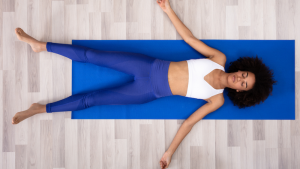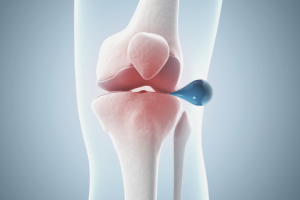A variety of techniques can help our nervous system back into balance. The relaxation response is one of the simplest because it works like a braking system to brings our body and mind back into a state of equilibrium.
The relaxation response is not just lying on the treatment couch or sleeping but a mentally active process that leaves the body and mind relaxed, calm, and focused.
Full deep breathing is a simple yet powerful, relaxation technique. It’s easy to learn, can be done almost anywhere, providing a quick way to get stress levels in check. Deep breathing is the cornerstone of many other relaxation and mindful practices, and it blends easily with other elements such as aromatherapy and music.
The aim is to use more of your diaphragm, the large dome-shaped muscle that separates the chest from the abdomen. There is an abundance of health benefits associated with diaphragmatic breathing As the lungs fill and expand the diaphragm stretches, pushing downwards into the abdominal cavity, massaging the internal organs, including the adrenal glands. This action also aids the digestion process and absorption of nutrients while helping with lymphatic drainage and circulation.
Learning the basics of this stress-busting technique isn’t difficult, but it takes a little practice. Most stress experts recommend setting aside 10 to 20 minutes a day to get the maximum benefits from the relaxation response. All you need is a few minutes and a quiet place. If you are easily distracted or in noisy place pop in some earplugs, headphones or earbuds.

If this sounds like a daunting commitment, remember that many of these techniques can be incorporated into your current daily schedule, practised at your desk, over lunch or during your daily commute.
The Relaxation Response Breathing Exercise
Make sure you won’t be disturbed, turn your phone to silent.
Choose your position
- Sit with your back straight, put one hand your belly and the other high on your breastbone. If you can’t do that visualise them in that position
- Or lie on a matted floor or in bed with your knees bent and feet flat on the floor or stretched out. Put your hands in the same position as above.
- Make sure you are comfortable.
Instructions
- Breathe in through your nose, notice the movement of your chest while your lower abdomen rises, your hands will move. Ideally, there should be some movement in your belly when you breathe.
- Exhale through your mouth, gently releasing as much air as you can without creating tension or force. Notice how your abdominal muscles help by lightly contracting.
- Tips, try to keep your neck, jaw and shoulders relaxed. It sometimes helps to hold your lips gently closed with teeth slightly parted. Them place your tongue up on the roof of the mouth.
- The breaths should be soft and quiet and tension-free.
- Let’s continue…..
- Inhale for a count of 5 and exhale for a count of 7. The numbers don’t really matter as long as your out-breath is longer than your in-breath, and they are both slow and controlled.
- Continue to breathe in through your nose and out through your mouth.
- Notice the temperature of the air, cool as it comes in, warmer as it leaves.
- Imagine that your inhalation reaches all the way down to your toes (all of them) and that your outbreathe passes out the crown of your head like a stream of chimney smoke.
- Note: I encourage my Pilates and somatic movement clients to breathe below their nipples and feel their abdomen rise and fall.

Watchpoints
- Take your time, and your mind will probably fill with a rush of monkey-mind thoughts, lists, things to do, etc. but try to keep your focus on the breath and what you feel in your body.
- When you have finished, get up slowing if you have been lying down, or better still snuggle under your duvet and go to sleep.
- Stop if you feel unwell or light-headed remember to keep your breaths slow.
- It helps to practice at the same time of day, aiming for six days out of 7
- Studies suggest that it takes a few weeks for this to become habitual, and some habits are beneficial.
For a video guide head over to https://www.youtube.com/watch?v=EFt0qXj3CQk&feature=youtu.be






